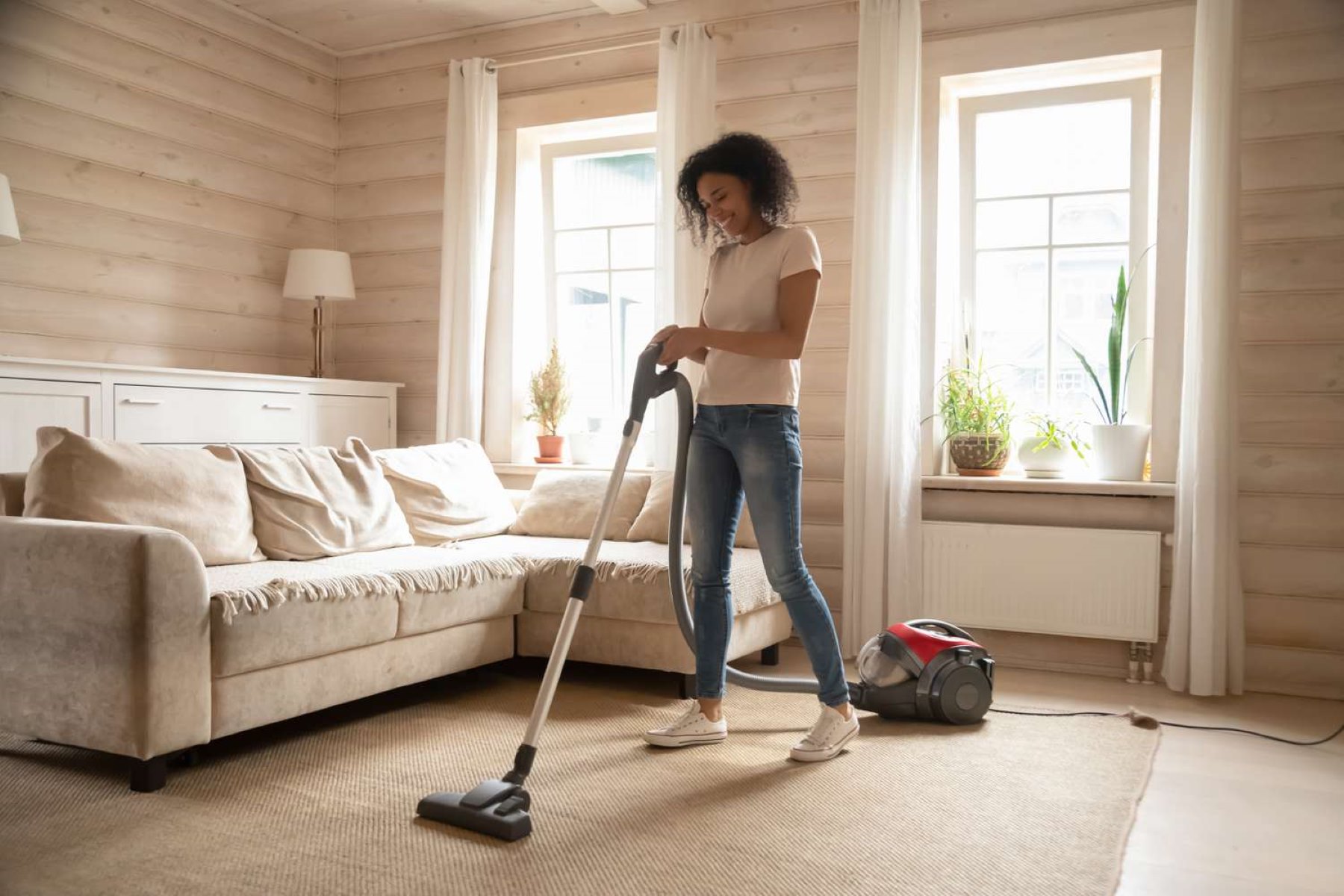

Articles
How To Vacuum Rugs
Modified: January 18, 2024
Learn the best techniques and tips for vacuuming rugs with our informative articles. Keep your rugs clean and fresh with the right vacuuming methods.
(Many of the links in this article redirect to a specific reviewed product. Your purchase of these products through affiliate links helps to generate commission for Storables.com, at no extra cost. Learn more)
Introduction
Keeping your rugs clean and well-maintained is an essential part of maintaining a clean and healthy home. Vacuuming is one of the most effective ways to remove dirt, dust, and allergens from rugs, restoring their appearance and prolonging their lifespan. However, to achieve optimal results, it’s important to understand the proper techniques and equipment to use when vacuuming rugs.
In this article, we will explore the importance of vacuuming rugs, discuss how to choose the right vacuum cleaner, provide tips on preparing your rug for vacuuming, and outline specific techniques for different types of rugs. We will also cover cleaning methods for various rug materials and offer advice on maintaining your vacuum cleaner. Additionally, we will address common vacuuming issues and troubleshoot solutions. By the end of this article, you will have the knowledge and skills to effectively vacuum your rugs and keep them looking their best.
Key Takeaways:
- Regular vacuuming of rugs is crucial for maintaining a clean and healthy home, improving indoor air quality, and extending the lifespan of rugs. It also helps control pests and prevents the formation of mold and mildew.
- Choosing the right vacuum cleaner, preparing the rug before vacuuming, and using specific techniques for different rug types are essential for effective cleaning. Regular maintenance of the vacuum cleaner and troubleshooting common issues ensure optimal performance.
Read more: How Are Rugs Made
The Importance of Vacuuming Rugs
Vacuuming rugs on a regular basis is crucial for several reasons. First and foremost, it helps to remove dirt, dust, and debris that accumulate on the surface and within the fibers of the rug. This not only improves the appearance of the rug but also prevents the buildup of allergens and irritants that can affect indoor air quality.
Another important reason to regularly vacuum your rugs is to prevent the wear and tear caused by foot traffic. Over time, dirt and particles can become embedded in the rug’s fibers, causing them to break down and deteriorate. By removing these particles through vacuuming, you can extend the life of your rug and maintain its integrity.
Vacuuming also helps to prevent the formation of mold and mildew. Rugs, especially those in high-moisture areas like bathrooms and basements, are prone to trapping moisture. When combined with dust and dirt, this creates an ideal breeding ground for mold and mildew. Regular vacuuming helps to remove this moisture and prevent the growth of these harmful substances.
Regular vacuuming can also help to control pests such as dust mites and fleas. These microscopic creatures thrive in rugs, feeding on dead skin cells and pet dander. Vacuuming helps to remove these pests and their eggs, reducing the risk of infestation and keeping your home clean and hygienic.
Furthermore, vacuuming rugs not only improves their appearance but also enhances the overall cleanliness of your home. By removing dirt and debris from your rugs, you minimize the amount of particles that can be tracked into other areas of your home, reducing the need for constant cleaning.
To reap these benefits, it’s important to establish a regular vacuuming routine. The frequency of vacuuming will depend on factors such as the level of foot traffic, the presence of pets, and the type of rug. Generally, it is recommended to vacuum high-traffic areas at least once or twice a week and less frequently for low-traffic areas.
By consistently vacuuming your rugs, you can maintain their appearance, prolong their lifespan, improve indoor air quality, and create a clean and healthy living environment for you and your family.
Choosing the Right Vacuum Cleaner
When it comes to vacuuming rugs, selecting the right vacuum cleaner is essential to ensure effective cleaning and optimal results. With numerous options available on the market, it’s important to consider several factors to make an informed decision.
One of the first considerations is the type of vacuum cleaner. There are various types available, including upright, canister, stick, and robotic vacuums. Upright vacuums are versatile and suitable for most rug types, while canister vacuums offer greater maneuverability and are ideal for stairs and hard-to-reach areas. Stick vacuums are lightweight and convenient for quick cleanups, while robotic vacuums offer automated cleaning.
Next, consider the features and functionalities of the vacuum cleaner. Look for a vacuum with adjustable height settings to accommodate different rug pile heights. A brush roll with adjustable speeds or the ability to be turned off is important for delicate rugs. Additionally, consider the attachments and accessories that come with the vacuum, such as a crevice tool for tight corners or an upholstery tool for cleaning fabric surfaces.
Another crucial factor to consider is the filtration system. Opt for a vacuum cleaner with a HEPA (High-Efficiency Particulate Air) filter, as it effectively captures small particles and allergens, improving indoor air quality. This is especially important for individuals with allergies or asthma.
Power and suction strength are also important considerations. Look for a vacuum with sufficient wattage or amperage to provide strong suction power for thorough cleaning. Additionally, consider the length of the power cord and the capacity of the dirt canister or bag, ensuring they are suitable for the size of the area you will be vacuuming.
Budget is a key factor for many consumers. Determine your budget range and research vacuum cleaners within that price range. While high-end models may offer advanced features, there are also budget-friendly options available that provide adequate cleaning performance.
Finally, read reviews and customer feedback to gauge the performance, durability, and reliability of the vacuum cleaner you are considering. Pay attention to how the vacuum performs specifically on rugs to ensure it meets your needs.
By taking the time to evaluate these factors, you can choose a vacuum cleaner that is well-suited to your specific rug cleaning needs. A quality vacuum cleaner will make the vacuuming process easier, more efficient, and ultimately more effective in keeping your rugs clean and well-maintained.
Preparing the Rug for Vacuuming
Before you begin vacuuming your rug, it’s important to properly prepare the rug to ensure the best cleaning results. Taking a few minutes to prepare the rug will help optimize the effectiveness of your vacuuming efforts and protect the rug from damage.
Start by removing any small objects or debris from the rug’s surface. Check for items like loose coins, paper clips, or pet toys that could potentially get sucked up into the vacuum cleaner and cause damage. Use your hands or a soft brush to gently sweep the surface of the rug and collect any loose particles.
If your rug has tassels or fringes, take care to avoid tangling them in the vacuum cleaner’s brush roll. Tassels and fringes are delicate and can easily get pulled or tangled in the brush. Instead of vacuuming over them, use a small handheld vacuum or a brush attachment to gently clean these areas.
If the rug is particularly dirty or has stains, consider giving it a thorough shake or beating to remove loose dirt and dust. Take the rug outside and give it a few firm shakes to dislodge any embedded particles. You can also use a rug beater or a broom to gently beat the rug to release dirt and debris.
Before vacuuming, check the condition of the rug’s backing. If the backing is loose or damaged, it may be necessary to avoid vacuuming altogether or use a vacuum with adjustable settings to minimize suction power. Vacuuming a rug with a damaged backing can cause further deterioration and potentially ruin the rug.
It’s also a good idea to check the manufacturer’s guidelines or care instructions for your specific rug. Some rugs may require special handling or certain vacuuming techniques to maintain their quality and appearance. Following the manufacturer’s instructions will help ensure you don’t inadvertently damage the rug.
By taking the time to prepare the rug before vacuuming, you can protect the integrity of the rug while maximizing the efficiency of your cleaning efforts. This simple step will help remove surface debris, prevent tangling, and ensure a smoother, more effective vacuuming experience for your rugs.
Vacuuming Techniques for Different Types of Rugs
Not all rugs are created equal, and different types of rugs may require specific vacuuming techniques to ensure effective cleaning without causing damage. Whether you have a delicate Persian rug, a high-pile shag rug, or a durable synthetic rug, here are some guidelines to follow when vacuuming:
Low-Pile and Synthetic Rugs: These rugs typically have shorter fibers and a denser construction. For low-pile and synthetic rugs, use a vacuum cleaner with a rotating brush or beater bar. This will help agitate the fibers and remove dirt and debris more effectively. Give extra attention to high-traffic areas and vacuum in both directions to ensure thorough cleaning.
High-Pile and Shag Rugs: These rugs have longer, fluffier fibers that can easily get tangled in a vacuum cleaner’s brush roll. To avoid damaging the rug, turn off the brush roll or set the vacuum to a high-pile or shag setting, if available. Use a suction-only mode to gently remove dirt and debris without pulling or tangling the rug fibers. It may be necessary to use a handheld vacuum or a brush attachment to clean the rug’s surface more effectively.
Oriental and Antique Rugs: Oriental and antique rugs are often delicate and require special care when vacuuming. Use a vacuum cleaner with adjustable power settings and turn off the brush roll or use a brush attachment. Alternatively, you can place a nylon screen or mesh over the rug’s surface before vacuuming to protect the fibers.
Natural Fiber Rugs: Rugs made from natural fibers like jute, sisal, or seagrass are prone to fraying and should be vacuumed with caution. Use a vacuum cleaner with a brush attachment or set the vacuum to a gentle suction setting to avoid damaging the delicate fibers. Always vacuum in the direction of the rug’s grain to prevent pulling or unraveling.
Wool Rugs: Wool rugs are durable and can handle regular vacuuming. However, it’s important to use a vacuum cleaner with adjustable settings to avoid excessive suction that may damage the rug. Set the vacuum to a medium setting, and if using a brush roll, make sure it doesn’t agitate the fibers too aggressively. Be thorough in your vacuuming, especially in high-traffic areas.
Flatweave Rugs: Flatweave rugs, such as kilims and dhurries, have a flat, woven construction with no pile. These rugs can be vacuumed with ease. Use a vacuum with a brush attachment or a nozzle attachment to gently suction away dirt and debris. You can also turn the rug over and vacuum the backside to remove any trapped particles.
Remember to always be gentle when vacuuming rugs, regardless of the type. Use smooth and slow movements to prevent any damage or tangling of the rug fibers. If in doubt, test the vacuuming technique on a small, inconspicuous area of the rug before proceeding.
By tailoring your vacuuming techniques to the specific type of rug you have, you can ensure effective cleaning while preserving the rug’s integrity and longevity.
When vacuuming rugs, start by removing any small objects or debris. Use the appropriate vacuum setting for the rug type and vacuum in different directions to ensure thorough cleaning. Don’t forget to vacuum under furniture and in high traffic areas.
Read more: How To Store Rugs
Cleaning Specific Rug Materials
Rugs are made from a variety of materials, each with its own unique characteristics and cleaning requirements. Understanding how to clean specific rug materials is essential in maintaining their appearance and preserving their quality. Here are some guidelines for cleaning common rug materials:
Wool Rugs: Wool rugs are known for their durability and natural resilience. Regular vacuuming is key to keeping wool rugs clean, as it helps remove dirt and debris. However, be cautious when dealing with stains on wool rugs. Blot spills immediately with a clean, absorbent cloth or paper towel. Avoid rubbing the stain, as it can push the liquid deeper into the fibers. For deeper cleaning, consider professional rug cleaning services specializing in wool rugs to avoid damage from harsh cleaning chemicals.
Synthetic Rugs: Synthetic rugs, such as nylon, polyester, or polypropylene, are generally easier to clean compared to natural fiber rugs. They are typically more stain-resistant and can withstand regular vacuuming and spot cleaning. For spills, blot the area with a clean cloth and use a mild detergent mixed with water to gently clean the stain. Test the cleaning solution on a small, inconspicuous area of the rug first to ensure it doesn’t cause any discoloration or damage.
Cotton Rugs: Cotton rugs are versatile and can be cleaned either by hand or in the washing machine, depending on their size and construction. Before washing, check the care label for any specific instructions. Small cotton rugs can often be cleaned in a washing machine using a gentle cycle and mild detergent. For larger cotton rugs or those with delicate embellishments, hand washing is recommended. Air drying is typically recommended to avoid shrinkage or damage from heat.
Jute and Sisal Rugs: Jute and sisal rugs are made from natural fibers and require gentle cleaning methods. Vacuum these rugs regularly with a brush attachment to remove dirt and debris. Avoid excessive moisture, as it can cause these rugs to shrink or distort. For spills, blot the area immediately and use a dry, clean cloth or towel to absorb as much liquid as possible. Do not use water or wet solutions on these rugs, as it can lead to discoloration or fiber damage.
Silk Rugs: Silk rugs are delicate and require special care when cleaning. It is best to have silk rugs professionally cleaned to avoid damage. If you must address a stain or spill, first blot the area with a clean cloth and avoid using water or excessive moisture. Contact a professional rug cleaner who specializes in silk rugs for further guidance and assistance.
Outdoor Rugs: Outdoor rugs are designed to withstand outdoor conditions and are typically made from durable synthetic materials. Regular maintenance involves sweeping or shaking off loose dirt and debris. For deeper cleaning, you can use a hose or pressure washer to remove stubborn stains. Allow the rug to dry completely before placing it back in its designated outdoor area.
Always refer to the manufacturer’s care instructions or consult with a professional rug cleaner for specific recommendations on cleaning your rug material. Proper maintenance and cleaning will help extend the life of your rugs and keep them looking their best for years to come.
Maintaining Your Vacuum Cleaner
To ensure optimal performance and longevity of your vacuum cleaner, proper maintenance is essential. By following these maintenance tips, you can keep your vacuum cleaner in good condition and maximize its cleaning capabilities:
Empty the Dust Canister or Replace Bags: If your vacuum cleaner has a dust canister, empty it regularly when it reaches the recommended fill line. For vacuum cleaners that use bags, replace the bag as needed. Failure to empty or replace the dust canister or bag can result in decreased suction power and less effective cleaning.
Clean or Replace Filters: Many vacuum cleaners have filters that help trap dust, debris, and allergens. Check the manufacturer’s instructions to determine how often the filters should be cleaned or replaced. Regularly cleaning or replacing the filters will ensure proper airflow and maintain the vacuum cleaner’s performance.
Inspect and Clean Brush Roll: Over time, the brush roll of your vacuum cleaner can become tangled with hair, string, or other debris. This can impede its rotation and affect the vacuum’s cleaning effectiveness. Regularly inspect the brush roll and remove any obstructions. Use scissors or a brush to clean out any entangled debris.
Clean Attachments and Accessories: The attachments and accessories that come with your vacuum cleaner also require regular cleaning. Wipe them down with a damp cloth or rinse them with water, if appropriate. Ensure that they are completely dry before storing them to prevent the growth of mold or mildew.
Check the Power Cord: Regularly inspect the power cord for any signs of damage, such as fraying or exposed wires. If you notice any issues, have the cord repaired or replaced to prevent electrical hazards.
Store Properly: When not in use, store your vacuum cleaner in a clean and dry area. Avoid placing heavy objects on top of it to prevent any damage. Proper storage will help prolong the life of your vacuum cleaner and protect it from unnecessary wear and tear.
Follow User Manual Guidelines: Different vacuum cleaners may have specific maintenance requirements, so it’s important to read and follow the instructions provided in the user manual. The manufacturer’s guidelines will provide valuable insights into how to properly care for and maintain your specific vacuum cleaner model.
Schedule Professional Maintenance: Consider scheduling regular maintenance checks with a professional vacuum cleaner technician. They can perform thorough inspections, clean internal components, and address any potential issues. Professional maintenance can help extend the lifespan of your vacuum cleaner and ensure it continues to operate at its best.
By taking the time to properly maintain your vacuum cleaner, you can ensure its longevity and efficiency. Regular cleaning, filter replacement, and attention to the overall condition of the vacuum cleaner will help you achieve the best cleaning results for your rugs and keep your home clean and healthy.
Troubleshooting Common Vacuuming Issues
While vacuum cleaners are incredibly useful tools for keeping your rugs clean, they can occasionally encounter issues that affect their performance. Here are some common vacuuming issues and troubleshooting tips to help you identify and resolve them:
Loss of Suction Power: If you notice a decrease in suction power, the first thing to check is the dust canister or bag. Empty the canister or replace the bag if it is full. Clogged filters can also reduce suction, so clean or replace them as needed. Additionally, inspect the vacuum’s hose, brush roll, and attachments for any blockages or clogs that may be impeding airflow.
Brush Roll Not Rotating: If the brush roll has stopped rotating, there may be a blockage in the brush head or a broken belt. Turn off the vacuum and remove any obstructions from the brush head. Check the belt that connects the brush roll to the motor and replace it if it is worn or broken.
Strange Odors: If your vacuum cleaner emits unpleasant odors, the first step is to check the dust canister or bag for any trapped debris that may be causing the smell. Wash or replace the filters as needed. To further eliminate odors, sprinkle a small amount of baking soda on the rug before vacuuming, or use vacuum-specific odor-eliminating products.
Overheating: If your vacuum cleaner becomes excessively hot during use, it may be overheating. This often occurs when the filters are clogged or the dust canister/bag is full. Check the filters and clean or replace them as needed. Empty the dust canister or replace the bag, and allow the vacuum cleaner to cool down before using it again.
Excessive Noise: Unusual or excessively loud noises while vacuuming may indicate a problem. Check for any loose or damaged parts, such as the brush roll or attachments. Loose screws or debris trapped in the suction path can also lead to noise issues. Tighten any loose parts and remove any obstructions to resolve the noise problem.
Electrical Issues: If your vacuum cleaner doesn’t turn on or experiences intermittent power loss, start by checking the power cord. Ensure it is securely plugged into a functioning outlet and not frayed or damaged. If the cord appears to be in good condition, the issue may lie with the switch or motor. Consult the manufacturer’s guidelines or contact a professional technician for further assistance.
Poor Cleaning Performance: If your vacuum cleaner is not effectively cleaning your rugs, consider the following steps. Check that the brush roll is free from obstructions and rotating properly. Make sure the vacuum’s height settings are adjusted correctly for the rug pile height. Clean or replace clogged filters to improve airflow. Lastly, ensure you are using the appropriate vacuuming technique for the specific rug material.
If you encounter more complex or persistent issues with your vacuum cleaner, it may be necessary to seek professional assistance. Vacuum cleaner technicians have the expertise to diagnose and repair more advanced problems.
By troubleshooting common vacuuming issues, you can often resolve the problem and restore your vacuum cleaner’s performance. Regular maintenance and proper care will help prevent these issues from arising in the first place, keeping your vacuum cleaner functioning at its best.
Conclusion
Vacuuming rugs is an essential part of maintaining a clean and healthy home environment. Regular vacuuming helps remove dirt, dust, allergens, and debris from rugs, improving their appearance and extending their lifespan. By following the proper techniques and using the right vacuum cleaner, you can achieve effective cleaning results and keep your rugs looking their best.
When choosing a vacuum cleaner, consider factors such as the type of rug, the features and functionalities of the vacuum, and your budget. Take into account the specific needs of your rug material and select a vacuum cleaner that can cater to those requirements. Properly preparing the rug before vacuuming by removing debris and untangling fringes will ensure a smoother cleaning process.
Understand the specific vacuuming techniques for different types of rugs, such as low-pile, high-pile, and Oriental rugs. Adjust the settings of your vacuum cleaner accordingly to provide gentle and effective cleaning without causing damage to delicate fibers. Be aware of the cleaning requirements specific to the rug material, whether it’s wool, synthetic, cotton, or natural fiber rugs, and follow the appropriate cleaning methods.
Regular maintenance of your vacuum cleaner is crucial to ensure its optimal performance. Emptying the dust canister or replacing bags, cleaning or replacing filters, inspecting and cleaning the brush roll, and storing the vacuum properly are all important steps in maintaining its efficiency. Troubleshooting common vacuuming issues, such as loss of suction power or brush roll malfunction, will help you identify and resolve problems as they arise.
By consistently following these guidelines for vacuuming and maintaining your rugs, you can create a cleaner and healthier living space. Regular vacuuming not only improves the appearance and longevity of your rugs but also contributes to a cleaner indoor environment, reducing allergens and promoting better air quality.
Remember, the key to successful vacuuming is a combination of using the right techniques, selecting the appropriate equipment, and providing regular care and maintenance. By making vacuuming a regular part of your cleaning routine, you can enjoy clean, fresh, and well-maintained rugs that enhance the beauty and comfort of your home.
Frequently Asked Questions about How To Vacuum Rugs
Was this page helpful?
At Storables.com, we guarantee accurate and reliable information. Our content, validated by Expert Board Contributors, is crafted following stringent Editorial Policies. We're committed to providing you with well-researched, expert-backed insights for all your informational needs.

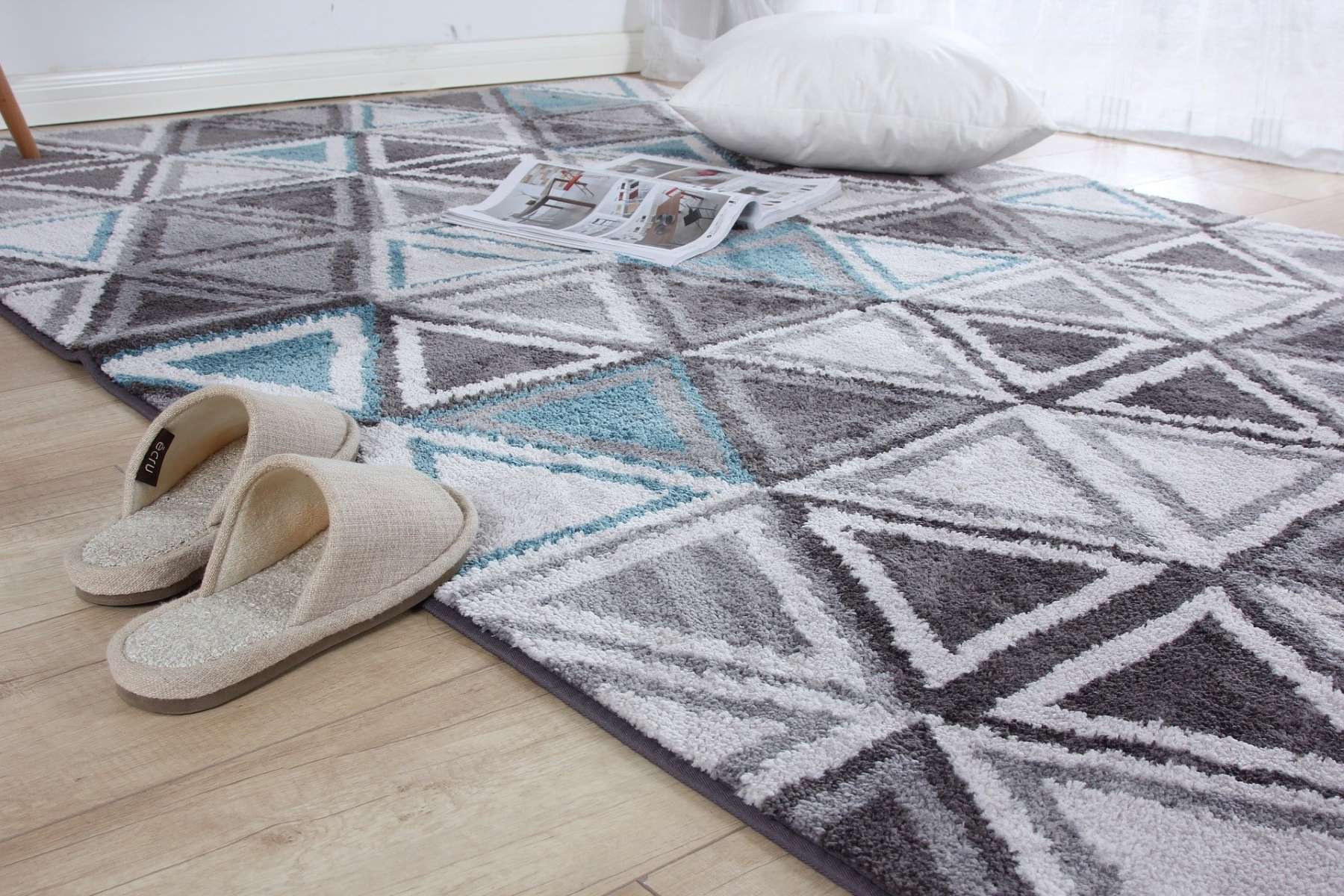
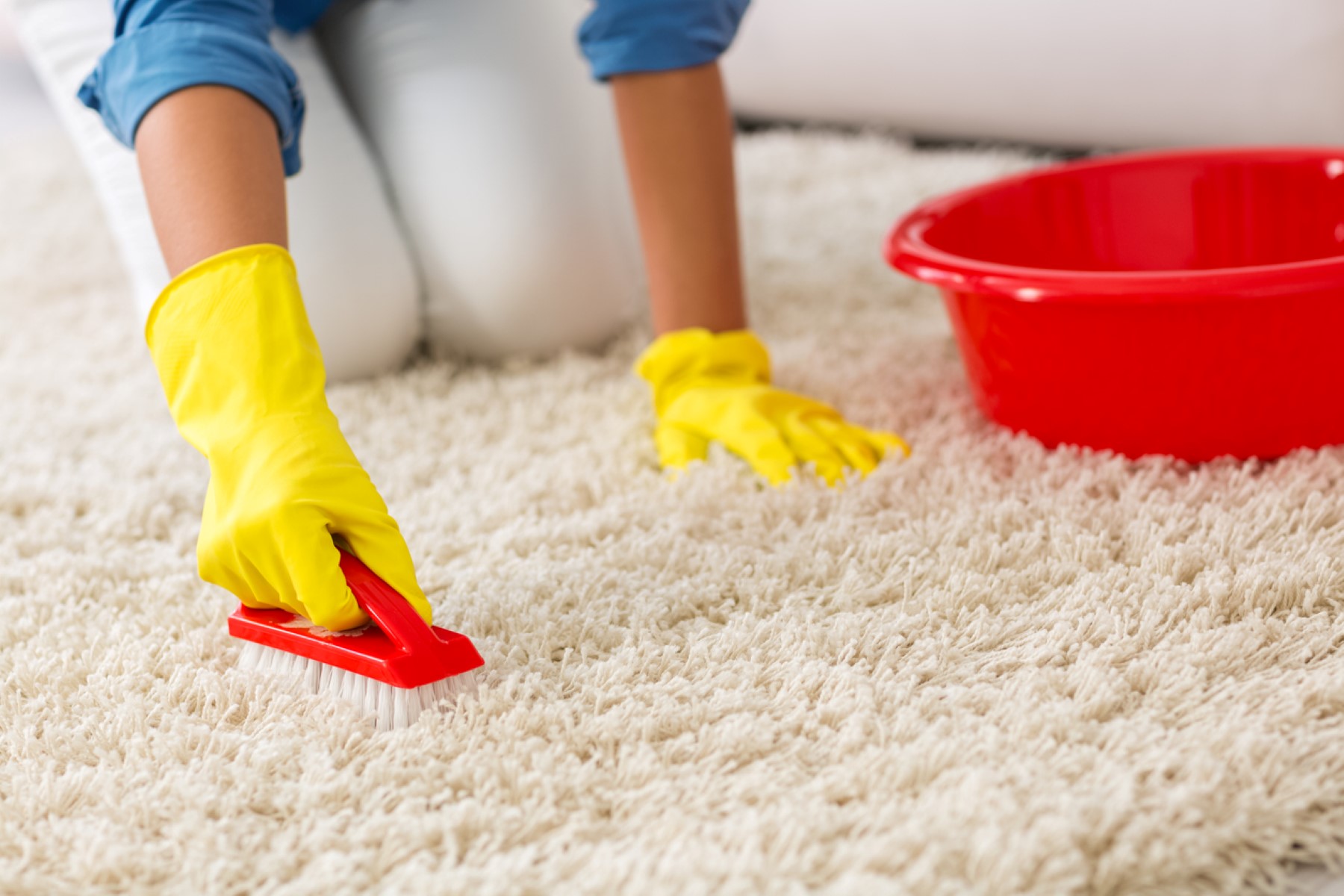
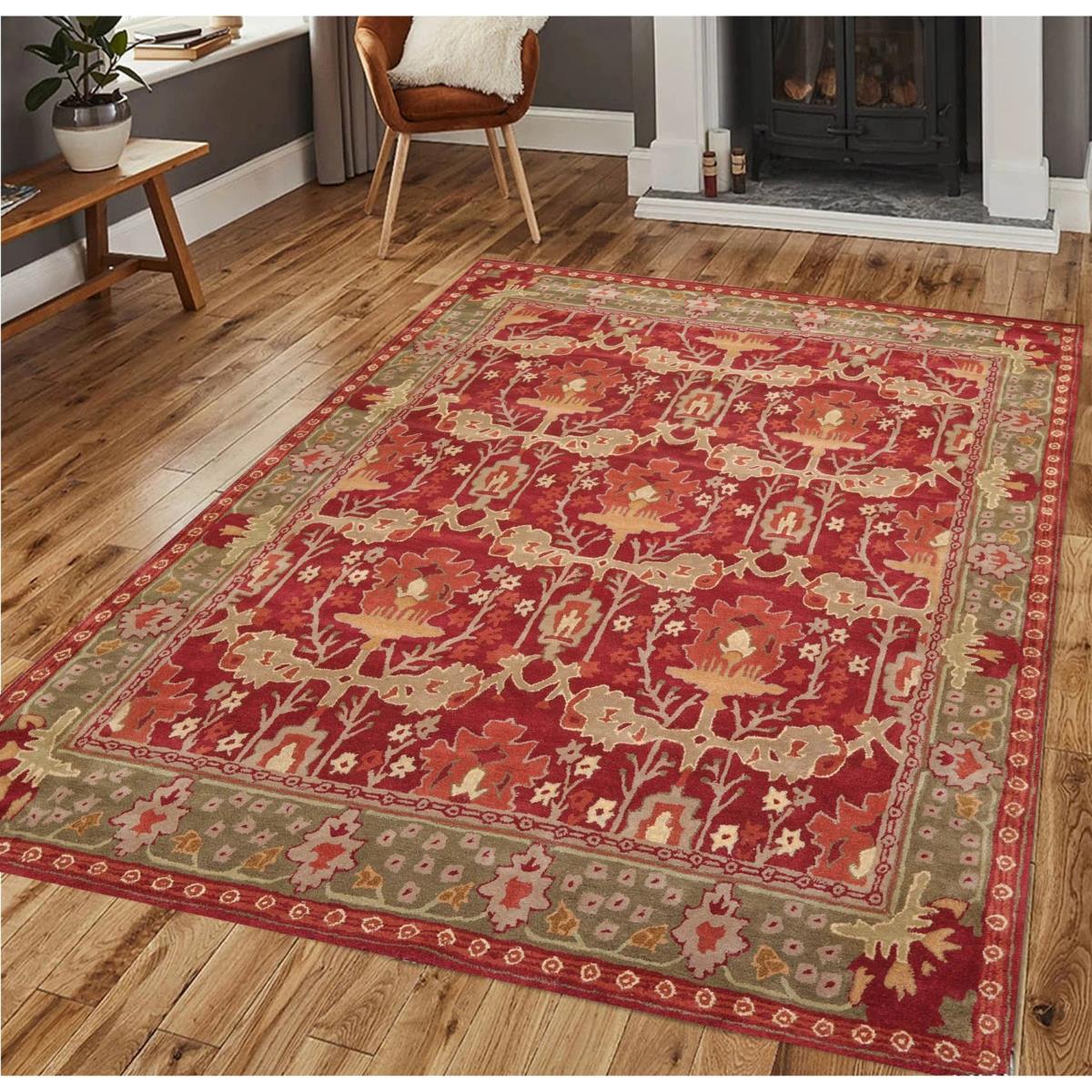

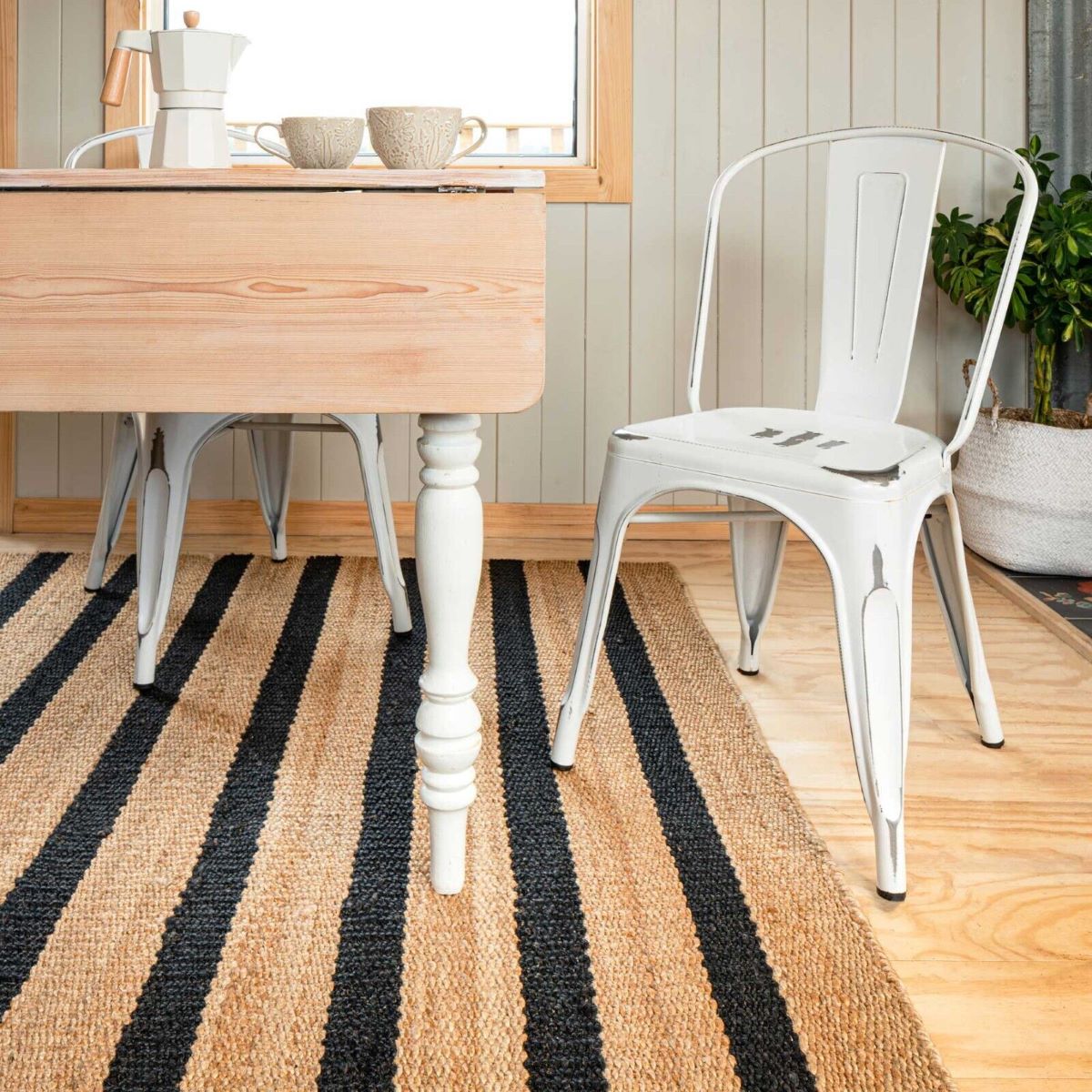
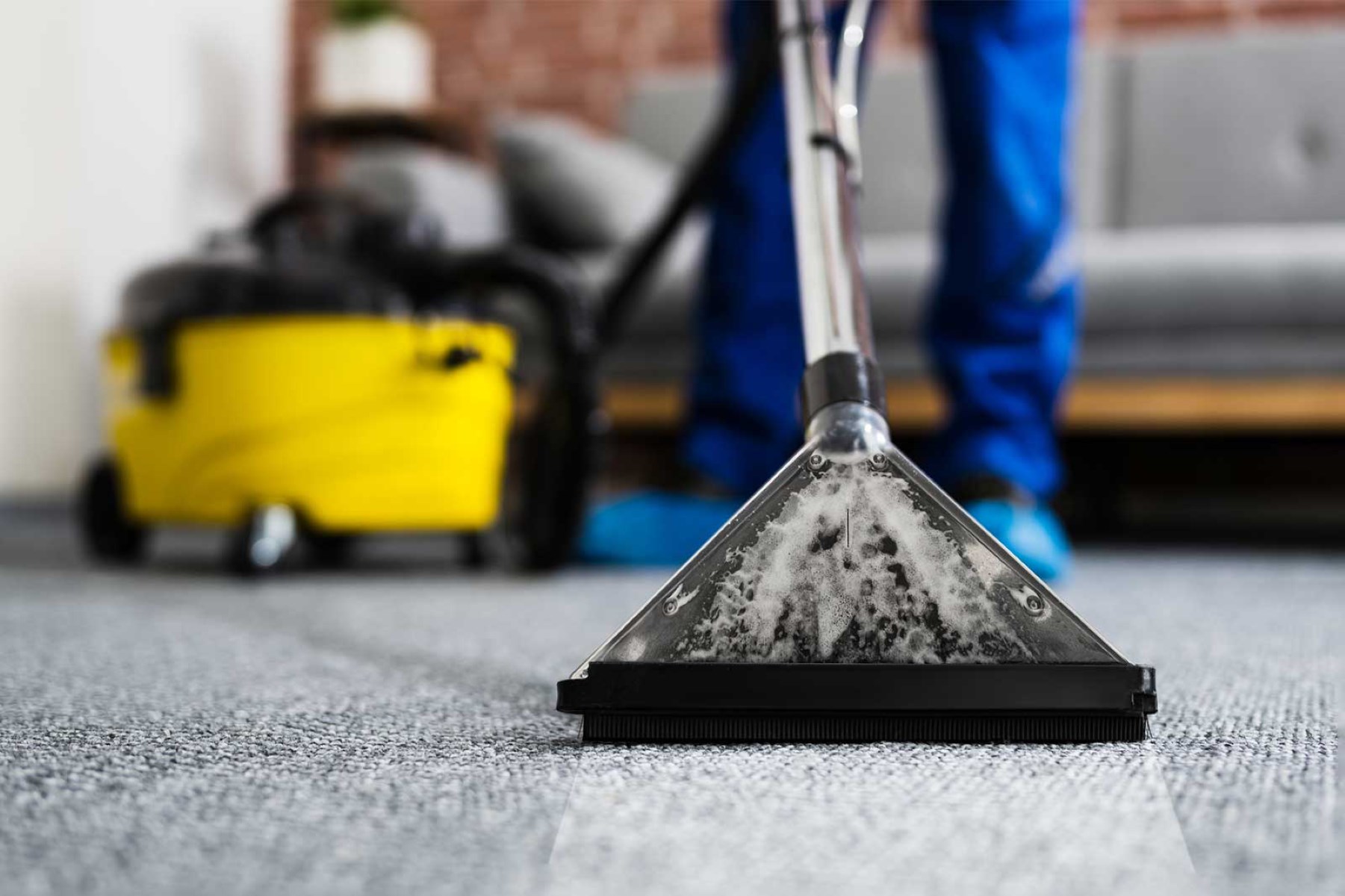

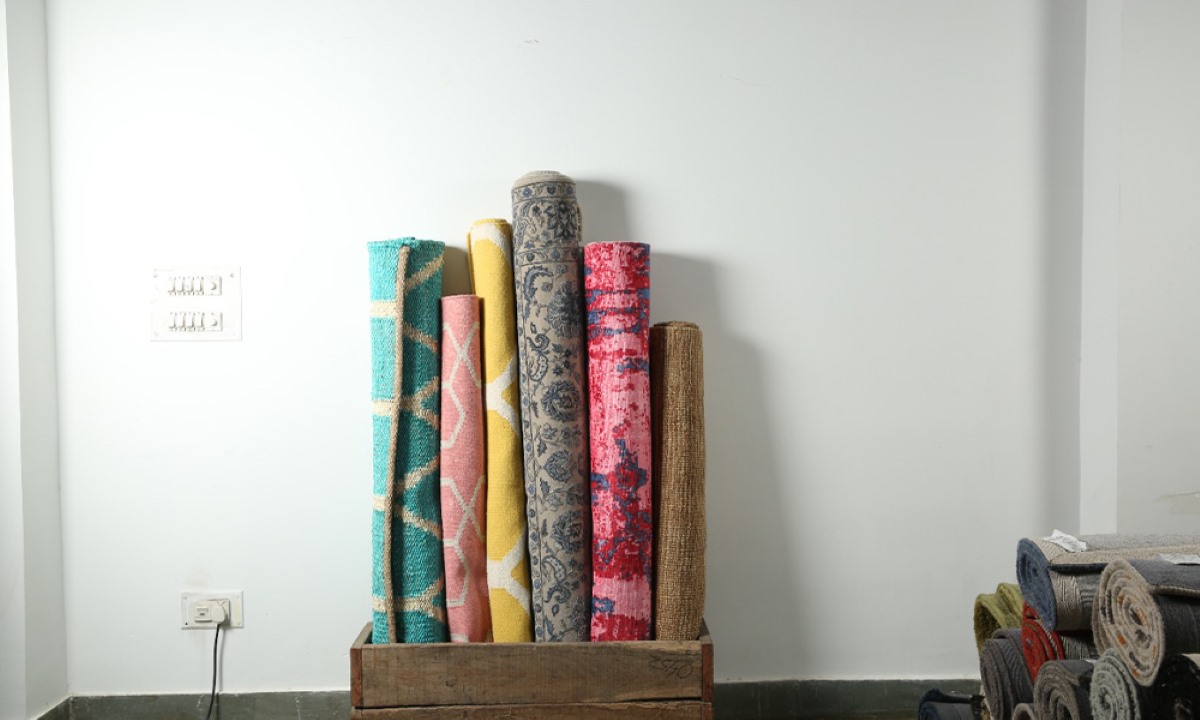
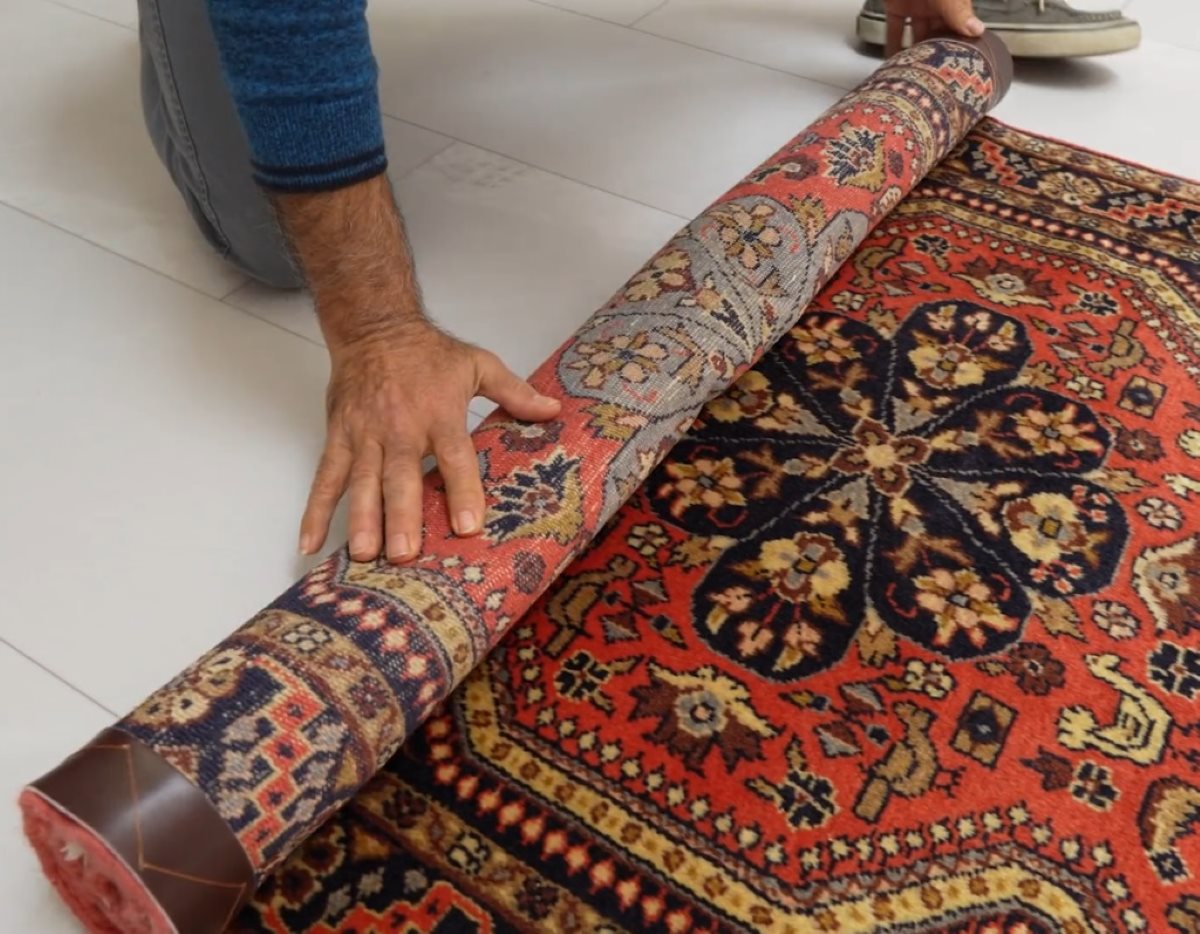

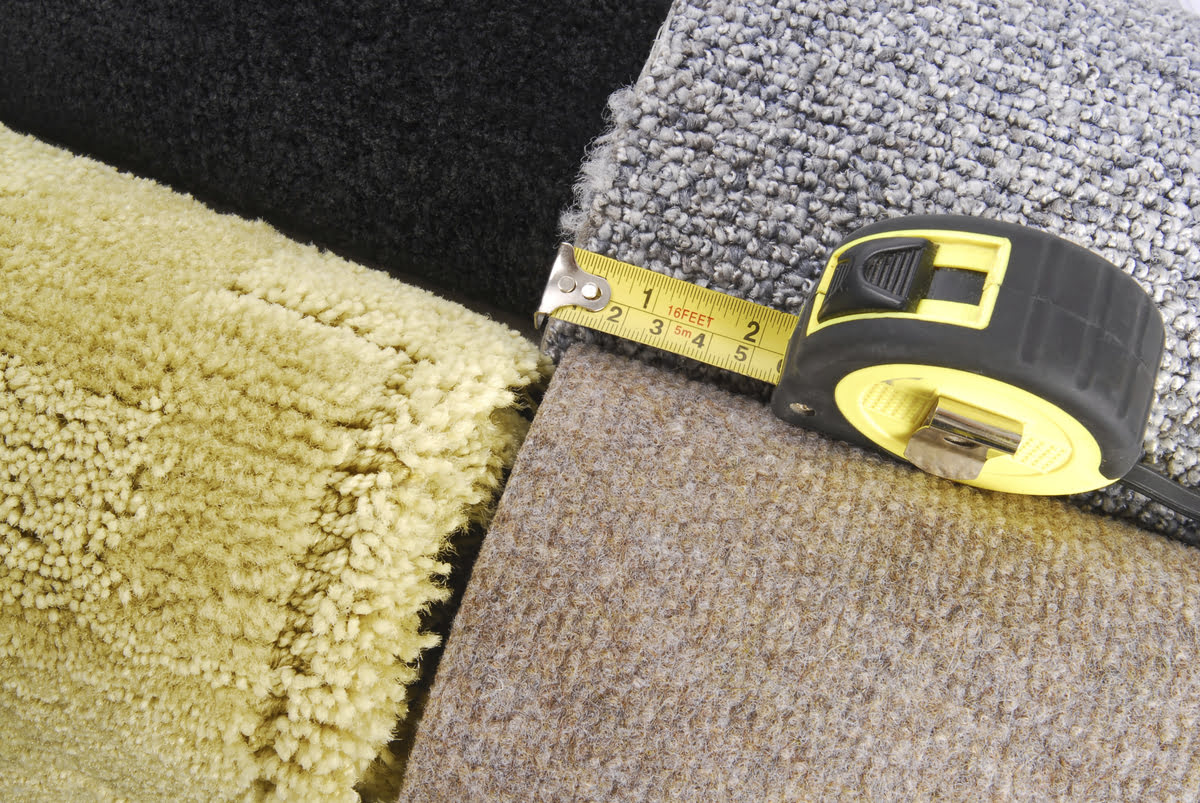
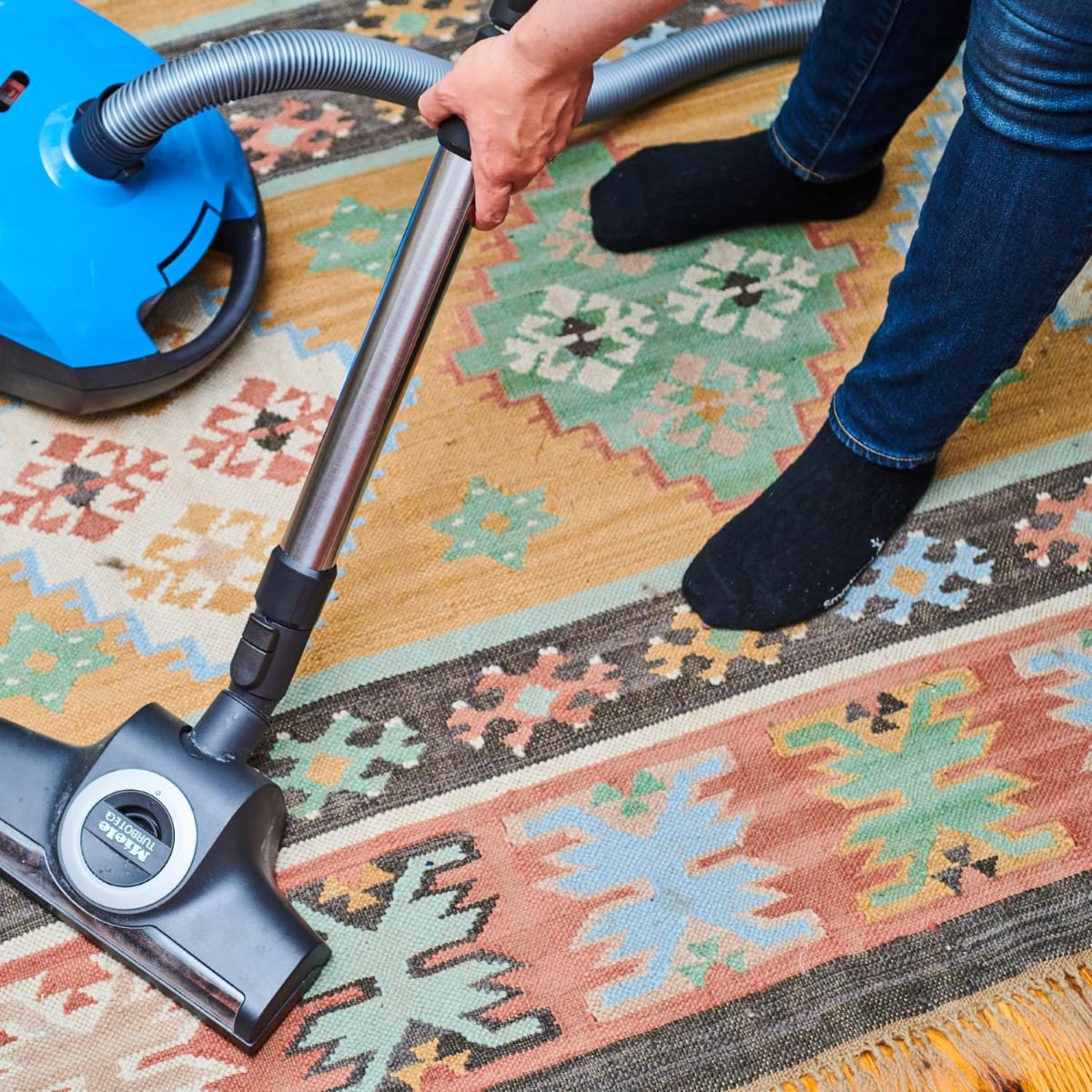
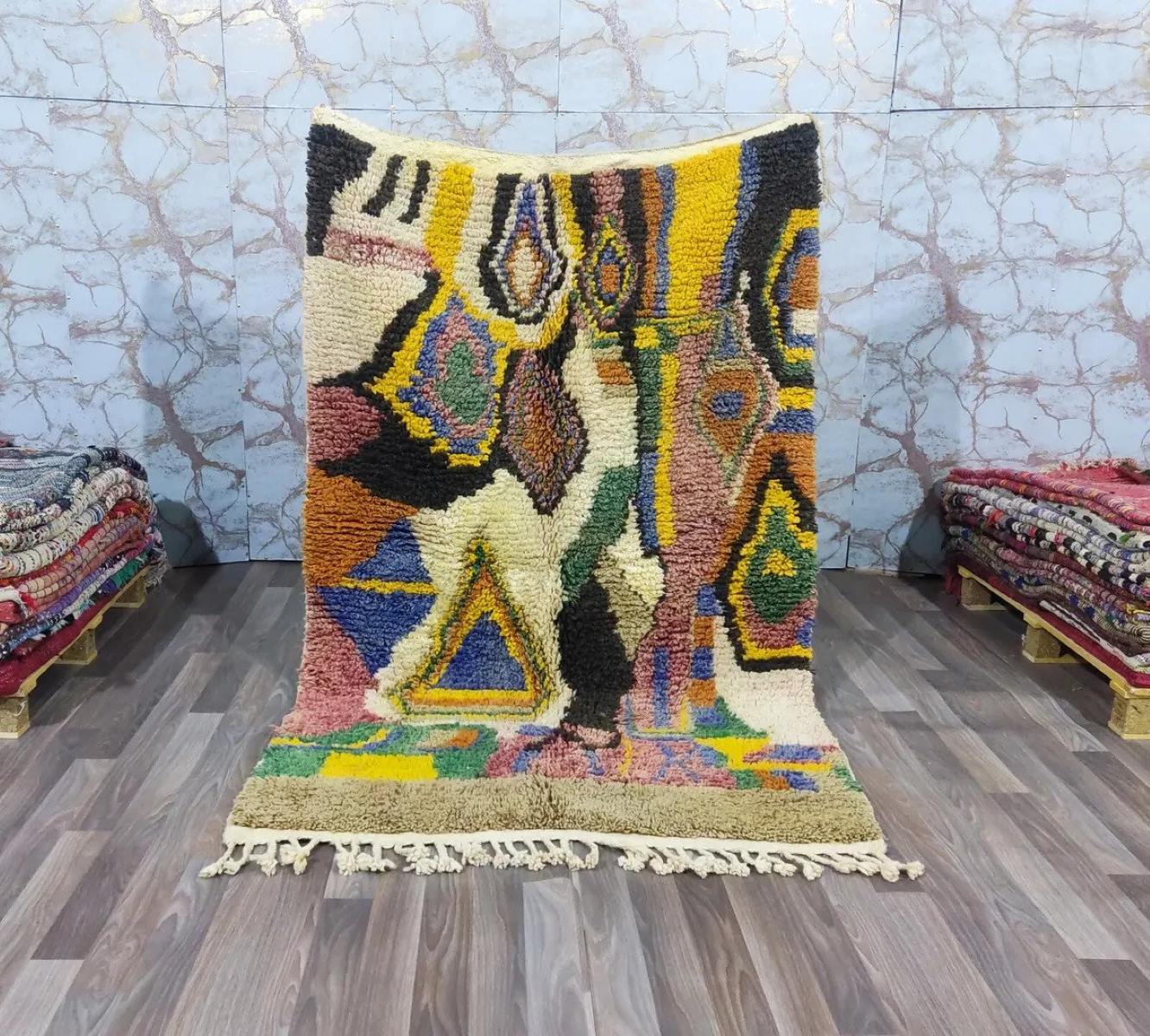

0 thoughts on “How To Vacuum Rugs”